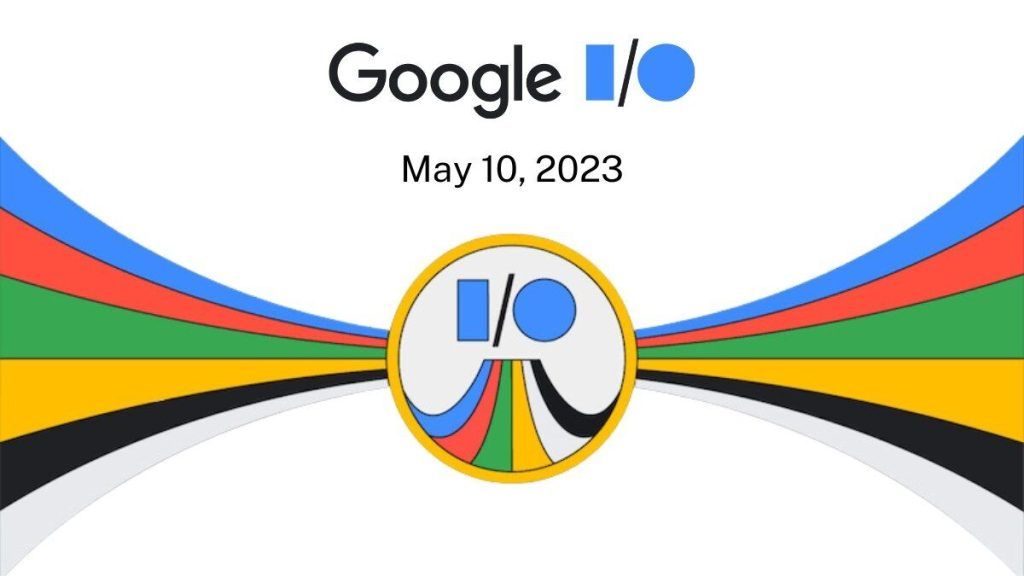
Introduction:
Google I/O showcased the exciting new breakthroughs in AI that are set to revolutionize various core products and services. From Gmail to Google Photos to Google Maps, AI is being integrated into these platforms to enhance user experiences and productivity. Additionally, Google introduced its latest PaLM 2 models, along with advancements in conversational AI through Bard.
Sections:
- Generative AI in Core Products:
Google has been incorporating generative AI into its core products, starting with Gmail in 2017. This technology has expanded to features like Help Me Write in Gmail, which generates full drafts based on prompts. Google Photos also benefits from AI advancements, allowing users to search for specific objects or scenes and enhance their photos using Magic Eraser and Magic Editor. Google Maps now offers Immersive View, allowing users to preview their entire trip. - PaLM 2 Models and AI Advancements:
Google introduced PaLM 2, a highly capable model that excels in various tasks and sizes, including mobile devices. It improves logic and reasoning skills, especially in scientific and mathematical topics. The model Metform 2 focuses on medical knowledge and achieves significant accuracy improvements compared to clinician experts. Google is also investing in advanced models and integrating watermarking and metadata to identify synthetically generated content. - Bard: Conversational AI for Developers:
Bard, Google’s conversational AI, has gained popularity among developers. It supports over 20 programming languages and offers code citations and assistance. New features include exporting and running code through partner Replit, integrating Google Search and Knowledge Graph for relevant images, and using Google Maps for visualization. Bard is expanding globally and will soon support 40 languages, enabling developers to create innovative applications. - AI-enhanced Google Workspace:
Google Workspace leverages AI to enhance productivity and collaboration. Help Me Write in Gmail and Docs provides creative suggestions for writing essays, pitches, and more. Sheets can generate organized templates based on user input, while Slides offers image generation based on provided prompts. Sidekick offers suggestions and prompts while reading documents, simplifying collaboration. Google Workspace aims to preview upcoming experiences across its products. - Supercharged Search and Cloud AI:
Google’s search experience is being transformed with generative AI, simplifying complex searches and providing personalized recommendations. Ads also play a role in search results, helping users explore further. Google Cloud’s Vertex AI allows developers to build generative applications using its infrastructure and models. It offers Enterprise Search, ensuring data privacy, and introduces models like Imagine, Cody, and Chirp. Duet assists developers with code completion and function generation.
Conclusion – 5 Key Takeaways:
- Generative AI is being integrated into Google’s core products like Gmail, Photos, and Maps, enhancing user experiences.
- PaLM 2 models offer advanced capabilities across various tasks and sizes, with a focus on logic and reasoning.
- Bard, Google’s conversational AI, supports multiple programming languages and offers code assistance and image prompts.
- Google Workspace leverages AI to improve productivity, collaboration, and creative content generation.
- Supercharged Search introduces generative AI capabilities, simplifying complex searches, and providing personalized recommendations.
Google’s developments in AI showcase the company’s commitment to improving user experiences, productivity, and collaboration. By integrating generative AI into their core products and offering advanced models, Google empowers developers and users alike. The future looks promising as AI continues to shape the way we interact with technology.


